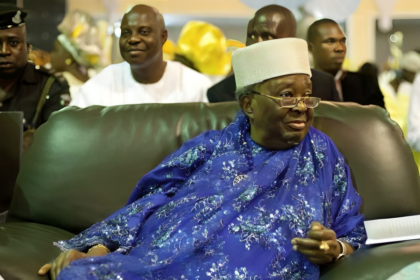At a Glance
- Shanta Gold confirms a $5.2 billion gold reserve in western Kenya.
- Mine development could create jobs, boost government revenue.
- Discovery strengthens Kenya’s role in the East African gold market.
Shanta Gold Limited, a London-listed miner, has confirmed a $5.2 billion gold reserve in western Kenya, marking one of the largest recent discoveries in the country’s mining sector.
The find, located in Kakamega County, could elevate Kenya’s profile as a key player in East Africa’s gold market.
The discovery lies within the Lirhanda Corridor, a 1,200-kilometer mineral belt long considered underexplored. The company said extensive geological mapping, targeted drilling, and commercial-scale exploration led to the confirmation of high-grade underground gold deposits.
“The Isulu-Bushiangala site holds significant commercial potential,” the company said in a statement. “We are now seeking full regulatory approval to move toward mining operations.”
Economic impact and local benefits
Shanta Gold expects the mine, once operational, to create jobs, support local businesses, and increase government revenue through taxes and royalties.
Preliminary studies suggest the reserves contain commercially viable ore, and feasibility work is ongoing to define extraction timelines and production capacity.
The company plans to invest $208 million to develop an underground mine and build a processing facility, potentially establishing Kenya’s first large-scale underground gold operation.
“This discovery confirms long-held suspicions that western Kenya has world-class gold deposits,” said Brian Mwangi Njoroge, a mining engineer and entrepreneur.
“With adequate infrastructure and regulatory support, the country could move quickly from exploration to full production.”
Kenya’s growing role in East African mining
Shanta Gold, which already operates the New Luika and Singida mines in Tanzania, has been expanding its East African footprint as global demand for gold rises.
In addition to Kakamega, the company holds exploration licenses in Ramula and other areas showing strong mineral potential.
The Lirhanda project also revives a historic mining route dating back to colonial times, though modern technology has uncovered deeper and richer deposits previously out of reach.
With this discovery, Kenya is positioned to attract further investment, strengthen its place in Africa’s gold sector, and develop a mining industry long viewed as underutilized relative to its neighbors.





